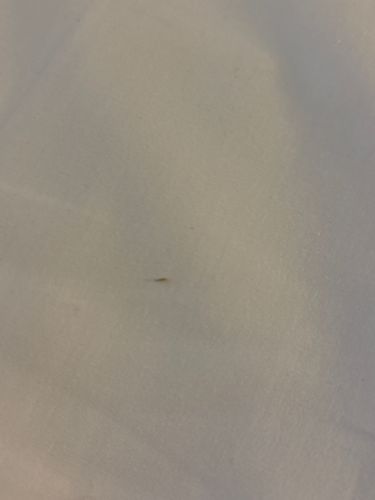Thrips
Scientific Name: Order Thysanoptera
Order & Family: Order: Thysanoptera, various families
Size: 0.5 - 5 mm (typically 1-2 mm)

Natural Habitat
Found on a wide variety of plants (leaves, flowers, fruits), in soil, and sometimes indoors on surfaces near plants or windows.
Diet & Feeding
Most thrips feed on plant sap by piercing plant tissues with their single mandible and sucking out the contents. Some species are predatory and feed on other small arthropods. A few species feed on fungal spores.
Behavior Patterns
Thrips are small, slender insects that move quickly. Many species are capable of flight, often aided by wind. They are known to reproduce rapidly, with some species exhibiting parthenogenesis (reproduction without fertilization). They often hide in tight spaces on plants, such as within flower buds or under leaves. Their life cycle typically involves egg, two larval instars, two pupal-like instars (prepupa and pupa), and adult.
Risks & Benefits
Risks: Many species are significant agricultural and horticultural pests, causing damage to plants by feeding (leading to silvering or browning of leaves, distorted growth, and reduced yield) and by transmitting plant viruses. Some species can bite humans, causing minor irritation, but they do not transmit diseases to humans. Benefits: Predatory thrips species can be beneficial in controlling other pest mites and insects.
Identified on: 9/29/2025